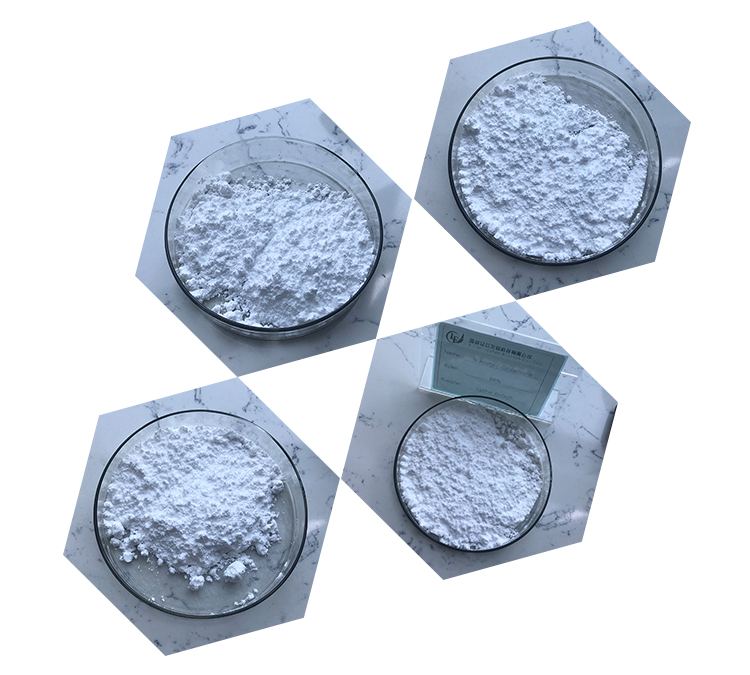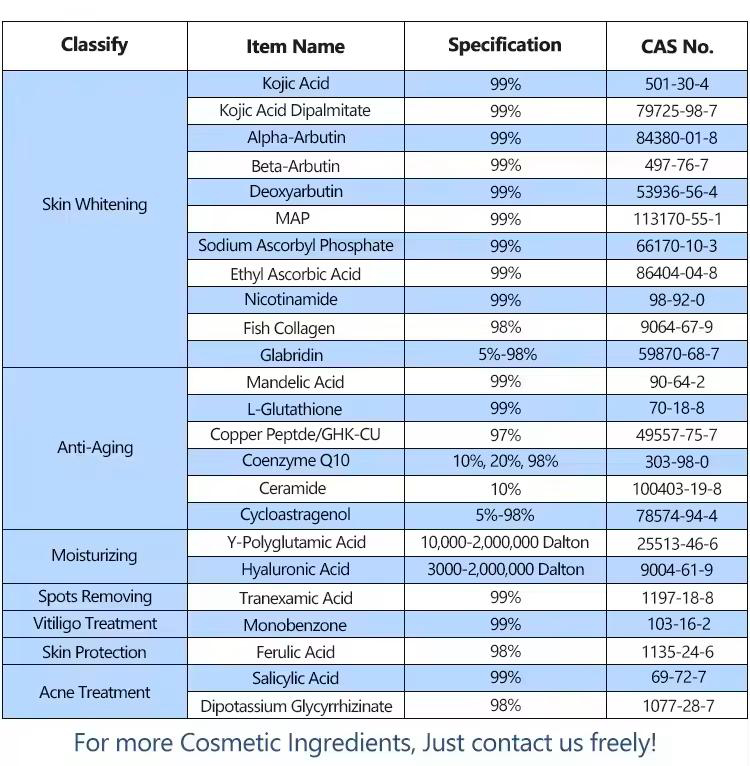S-Acetyl-L-Glutathione (SAG) is a derivative of glutathione (GSH), designed to enhance the stability and bioavailability of GSH. Below is a general outline of the materials and methods used in the synthesis, characterization, and study of S-Acetyl-L-Glutathione.
Materials of S-Acetyl-L-Glutathione
1.L-Glutathione (GSH): The substrate for acetylation.
2.Acetic Anhydride or Acetyl Chloride: The acetylating agent used to introduce the acetyl group to the glutathione molecule.
3.Solvents:
Water
Ethanol or Methanol
Acetone or Ethyl acetate
4.Catalysts and Buffers: Depending on the method, catalysts like pyridine or buffers like sodium acetate may be used.
5.Reagents for Characterization:
HPLC grade solvents for chromatography
NMR solvents like deuterated water (D2O)
Mass spectrometry reagents

Methods of S-Acetyl-L-Glutathione
Synthesis
1.Preparation of Reaction Mixture:
Dissolve L-glutathione in a suitable solvent (e.g., water or ethanol).
Adjust the pH to around 8-9 using a buffer if required.
2.Acetylation Reaction:
Add acetic anhydride or acetyl chloride dropwise to the solution while stirring.
Maintain the reaction mixture at a controlled temperature (usually around room temperature to 40°C).
Stir the reaction mixture for several hours to ensure complete acetylation.
3.Quenching and Purification:
Quench the reaction by adding water or a suitable quenching agent.
Extract the product using an organic solvent (e.g., ethyl acetate).
Dry the organic layer over anhydrous sodium sulfate.
Evaporate the solvent under reduced pressure to obtain the crude product.
Purify the product using techniques such as recrystallization or column chromatography.
Characterization
1.High-Performance Liquid Chromatography (HPLC):
Analyze the purity and identify the product using HPLC with a suitable detector (e.g., UV or mass spectrometry).
Use a reverse-phase column and an appropriate mobile phase (e.g., water and acetonitrile with a gradient elution).
2.Nuclear Magnetic Resonance (NMR) Spectroscopy:
Confirm the structure of S-Acetyl-L-Glutathione using NMR (proton and carbon-13 NMR).
Dissolve the purified product in deuterated solvents and record the spectra.
3.Mass Spectrometry (MS):
Determine the molecular weight and confirm the molecular structure using mass spectrometry.
Use electrospray ionization (ESI) or other suitable ionization techniques.
4.Infrared (IR) Spectroscopy:
Characterize functional groups and confirm acetylation by comparing the IR spectra of the product with that of the starting material.
Look for characteristic absorption bands of acetyl groups and thiol groups.

Biological Studies
1.In Vitro Studies:
Assess the stability and bioavailability of S-Acetyl-L-Glutathione in various biological media.
Test the antioxidant activity using assays such as DPPH or ABTS radical scavenging assays.
2.In Vivo Studies:
Evaluate the pharmacokinetics and bioavailability in animal models.
Administer S-Acetyl-L-Glutathione orally or intravenously and measure GSH levels in blood and tissues over time.
Conclusion of S-Acetyl-L-Glutathione
The synthesis and characterization of S-Acetyl-L-Glutathione involve a combination of organic synthesis techniques, purification methods, and analytical characterization. The materials and methods outlined provide a comprehensive approach to studying and utilizing this glutathione derivative for potential therapeutic applications.
